

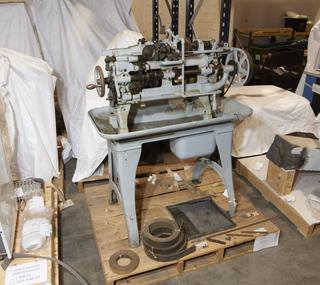
Brown & Sharpe automatic lathe
circa 1897
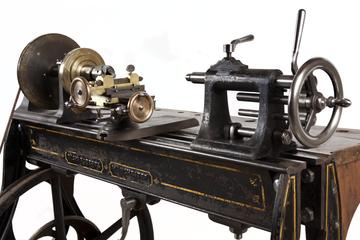
Treadle operated ornamental lathe
1817-1823
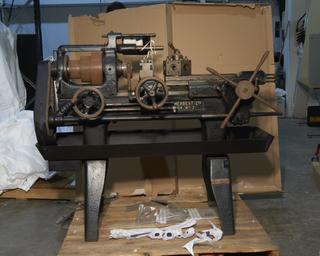
Lathe made by Alfred Herbert Ltd
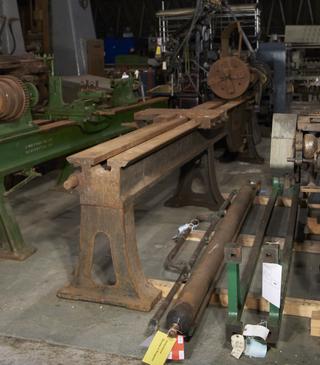
Lathe Made by Kendal & Gent
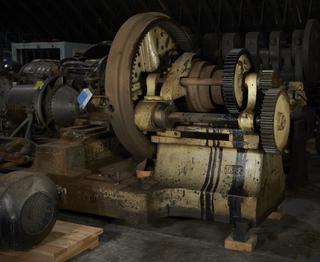
Wheel Lathe, Made by Hulse & Co.
1890-1930
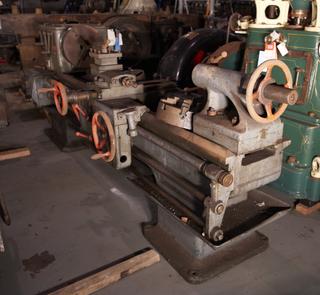
Metal Turning Lathe

Smith & Coventry Capstan Lathe
circa 1890
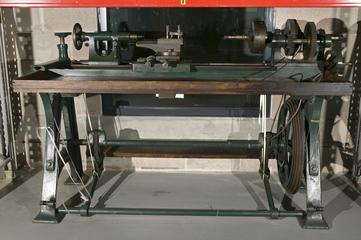
Whitworth Lathe No. 626
1880
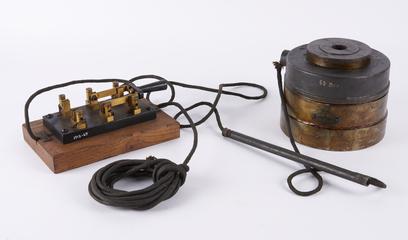
Magnetic lathe chuck
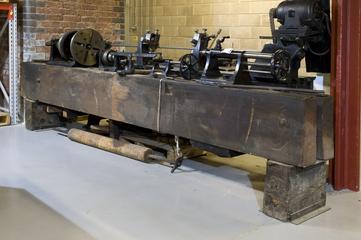
Wooden bed lathe and associated tools, used by Pennington Mill Co. Ltd
1800-1850
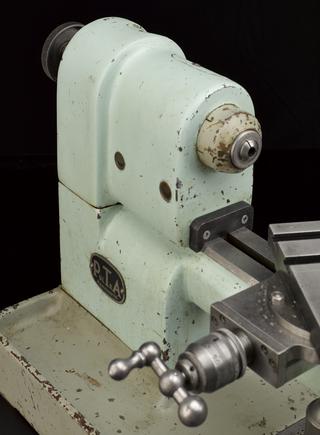
Watchmaker's lathe used by James Lovelock
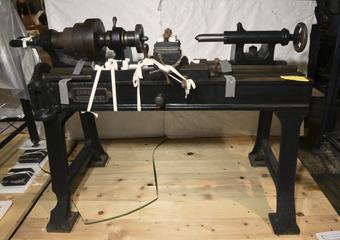
Lathe, made by Carver
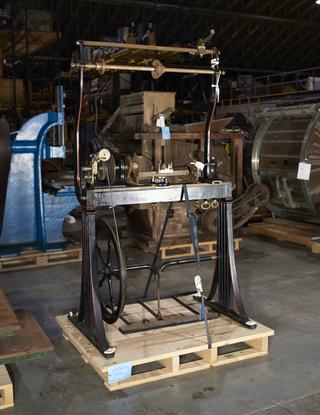
Lathe no. 1254
1822
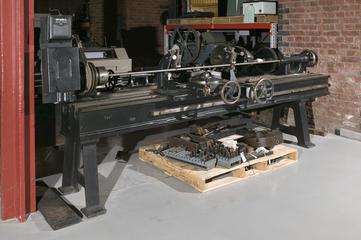
Double-bed lathe, made by William Ryder Son & Co.

Lathe no. 2326
1877
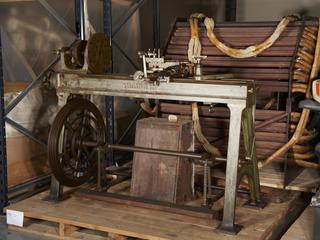
J. Whitworth & Co. Lathe
circa 1876

Whitworth Lathe No. 4
1841
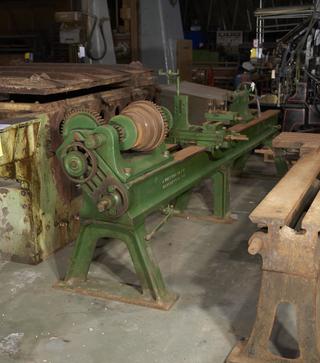
Lathe by J. Whitworth & Co, c. 1870
1870
Lathe, London & South Western Railway
1890-1900
Weight- driven recording lathe for use with Decca ffrr cutter head.
Herbert 5" lathe
Lathe
Old wooden bed Millwright's lathe
Screw thread correcting lathe
Centre lathe with foot motor
c. 1900
Turner's Lathe (for pottery) complete with treadle
Scale model of George Stephenson's lathe and power wheel
1963
Modelmaker's centre lathe
1904-1996
Lathe
1790-1819
Bench lathe by Wilhelm von Pittler A.G., model B
Lead screw correcting lathe and accessories by Armstrong Whitworth and Co
1904
Triple Prismatic Lathe by Johnson Jex
1817-1822
Myford ML7 lathe; 3 jaw and 4 jaw chucks
Vertical Capstan or Turret Lathe Boring Machine of moderate size
1942-1946
Dahlegren lathe with countershaft, cutters and specimens of work and accessories
1891
Parmeko recording lathe
Footlathe by Henry Maudslay. Footwheel and shaft
Ward 2A capstan lathe
Lathe bench, bar lathe on top, footwheel and treadle below.
1810
Colchester Triumph 2000 lathe
1971
Herbert centre lathe
Early pittler capstan lathe / turret lathe
circa 1892